Home>Gardening & Outdoor>Plant Care & Gardening Tips>What Native Trees Should I Plant
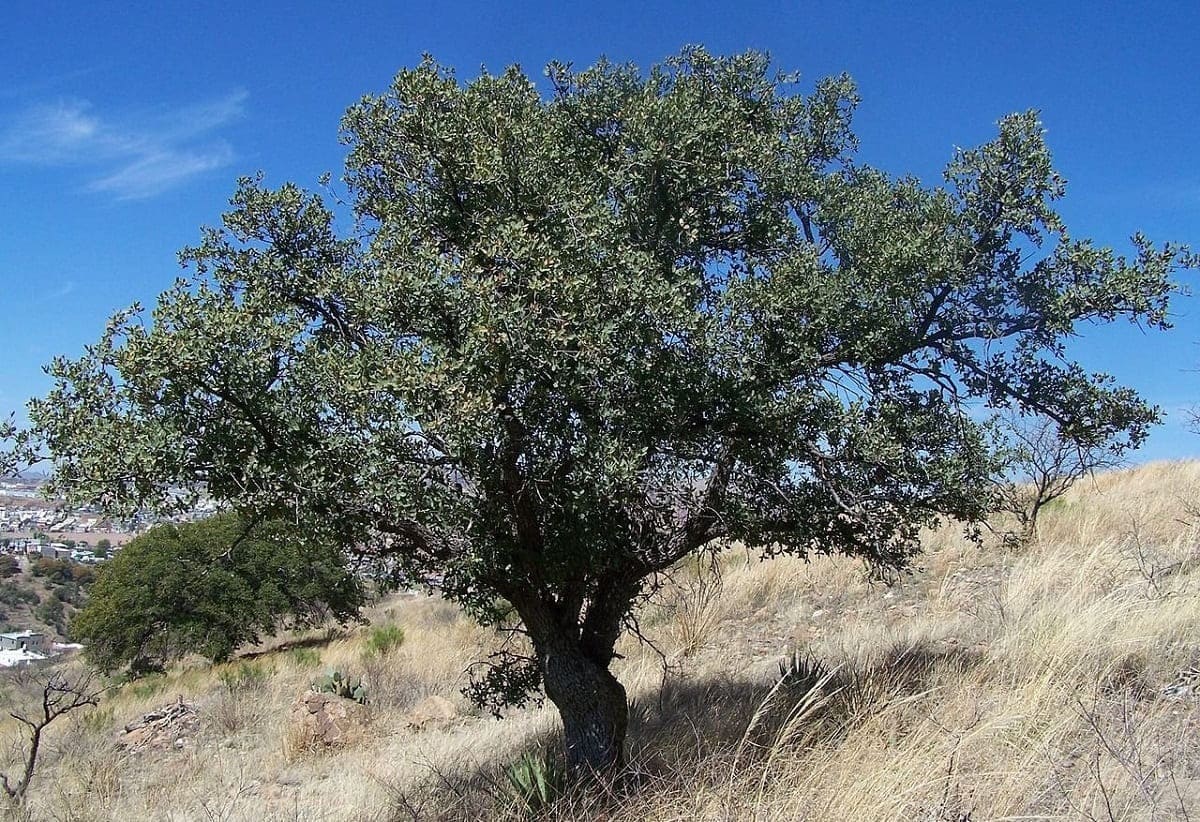

Plant Care & Gardening Tips
What Native Trees Should I Plant
Modified: January 3, 2024
Discover the best native trees to plant and get expert plant care and gardening tips. Enhance your landscape with our comprehensive guide.
(Many of the links in this article redirect to a specific reviewed product. Your purchase of these products through affiliate links helps to generate commission for Storables.com, at no extra cost. Learn more)
Introduction
Introduction
When it comes to landscaping and gardening, the choice of trees plays a pivotal role in shaping the aesthetics and functionality of outdoor spaces. Native trees, in particular, offer a myriad of benefits that extend beyond their visual appeal. By understanding the significance of planting native trees and learning about the factors to consider before adding them to your landscape, you can make informed decisions that contribute to the well-being of your local ecosystem. In this article, we will explore the numerous advantages of planting native trees, provide insights into the essential considerations before planting, offer recommendations for native trees suitable for various regions, and discuss the best practices for caring for these trees. Whether you are a seasoned gardener or a novice enthusiast, this guide will equip you with the knowledge needed to enhance your outdoor environment while promoting the sustainability of your local ecosystem.
Benefits of Planting Native Trees
Key Takeaways:
- Planting native trees benefits the environment by supporting wildlife, conserving water, and enhancing ecosystem services, contributing to a healthier and more resilient ecosystem.
- Before planting native trees, consider local climate, available space, water availability, regulations, and complementary plantings to ensure their successful growth and sustainability.
Read more: What Native Plants Should I Plant
Benefits of Planting Native Trees
Planting native trees offers a multitude of benefits that extend far beyond mere aesthetics. These trees have evolved over centuries to thrive in specific regions, making them well-suited to the local climate, soil, and environmental conditions. By incorporating native trees into your landscape, you can:
- Promote Biodiversity: Native trees provide essential habitats for local wildlife, including birds, insects, and small mammals. Their presence supports the intricate web of life within the ecosystem, contributing to the overall biodiversity of the area.
- Conserve Water: Many native trees are well-adapted to the local precipitation patterns, reducing the need for excessive watering once established. This inherent resilience helps conserve water resources while maintaining a lush and thriving landscape.
- Enhance Ecosystem Services: Native trees contribute to vital ecosystem services, such as air purification, soil stabilization, and carbon sequestration. Their presence fosters a healthier and more resilient environment, benefiting both the local ecosystem and human communities.
- Support Local Adaptation: By planting native trees, you contribute to the preservation of regional genetic diversity and the adaptation of plant species to local environmental changes. This proactive approach supports the long-term resilience of the ecosystem in the face of evolving climatic conditions.
- Create a Sense of Place: Native trees are deeply intertwined with the cultural and ecological identity of a region. By incorporating these trees into your landscape, you establish a profound connection to the natural heritage of the area, fostering a sense of place and belonging.
Embracing the numerous benefits of native trees not only elevates the visual appeal of your outdoor space but also contributes to the overall health and sustainability of the local ecosystem. Before delving into the process of planting native trees, it is essential to consider several factors to ensure the success and longevity of these valuable additions to your landscape.
Factors to Consider Before Planting
Factors to Consider Before Planting
Before embarking on the journey of planting native trees, it is crucial to consider several key factors to ensure the optimal growth and vitality of these valuable additions to your landscape. By carefully evaluating the following aspects, you can make informed decisions and create an environment that is conducive to the flourishing of native trees:
- Local Climate and Soil Conditions: Assess the specific climate and soil characteristics of your region to determine which native tree species are best suited for your location. Consider factors such as temperature ranges, average precipitation, soil composition, and drainage patterns to select trees that can thrive in your local environment.
- Available Space and Sunlight: Evaluate the available space in your landscape and identify areas that receive varying levels of sunlight throughout the day. Different native tree species have unique sunlight requirements, so understanding the light conditions in your yard will help you select the most suitable trees for each location.
- Water Availability and Irrigation: Consider the water availability in your area and the irrigation options for sustaining native trees, especially during their initial establishment phase. Assess the natural water sources, rainfall patterns, and potential irrigation methods to support the long-term health of the trees.
- Local Regulations and Permits: Familiarize yourself with any local regulations, permits, or guidelines related to planting trees, especially native species. Some regions may have specific restrictions or recommendations to ensure the preservation of indigenous flora and fauna.
- Complementary Plantings and Ecosystem Interactions: Consider the existing flora in your landscape and the potential interactions between native trees and other plants, including shrubs, flowers, and ground cover. Creating a harmonious ecosystem through thoughtful plant pairings can enhance the overall resilience and beauty of your outdoor space.
By carefully evaluating these factors and conducting thorough research on native tree species that align with your specific conditions, you can lay the groundwork for a successful and sustainable planting endeavor. With a clear understanding of the essential considerations, you can confidently select native trees that will thrive in your local environment, enriching your landscape with their natural beauty and ecological significance.
Recommended Native Trees for Your Area
Consider planting native trees such as oak, maple, and pine, as they are well adapted to your local climate and soil conditions. Native trees also provide important habitat for local wildlife.
Recommended Native Trees for Your Area
When it comes to selecting native trees for your landscape, the choices may seem overwhelming due to the diverse array of species available. To simplify the decision-making process, it is beneficial to explore some recommended native trees that are well-suited for various regions. These selections are tailored to specific environmental conditions and can serve as valuable additions to your outdoor space. Keep in mind that the following recommendations are influenced by general regional suitability and may require further research based on the unique microclimates within your area.
Eastern United States:
- Red Maple (Acer rubrum): Known for its stunning fall foliage and adaptability to various soil types, the red maple thrives in the eastern United States, adding vibrant color to the landscape.
- White Oak (Quercus alba): A majestic and long-lived tree, the white oak is well-suited to the eastern region, providing ample shade and supporting diverse wildlife.
- Eastern Redbud (Cercis canadensis): Celebrated for its early spring blooms and heart-shaped leaves, the eastern redbud adds a touch of elegance to gardens in the eastern United States.
Western United States:
- Western Red Cedar (Thuja plicata): With its aromatic foliage and tolerance for moist soils, the western red cedar is a resilient evergreen tree that thrives in the western United States.
- Pacific Dogwood (Cornus nuttallii): Renowned for its showy white flowers and distinctive bark, the Pacific dogwood graces the western region with its ornamental beauty.
- California Buckeye (Aesculus californica): Embracing the unique climate of the western United States, the California buckeye showcases clusters of striking flowers and palmately compound leaves.
Southern United States:
- Bald Cypress (Taxodium distichum): Flourishing in wetland areas of the southern region, the bald cypress boasts a stately presence and striking autumnal foliage, making it a captivating addition to landscapes.
- Southern Magnolia (Magnolia grandiflora): Revered for its glossy evergreen leaves and fragrant, large flowers, the southern magnolia thrives in the southern United States, exuding timeless beauty.
- Live Oak (Quercus virginiana): Symbolizing strength and endurance, the live oak graces the southern landscape with its sprawling canopy and iconic, twisting branches.
Before selecting native trees for your area, consider consulting with local horticultural experts or arborists to gain insights tailored to your specific location. By incorporating these recommended native trees into your landscape, you can celebrate the unique beauty and ecological significance of indigenous flora while fostering a thriving and sustainable environment.
Caring for Native Trees
Caring for Native Trees
Once you have carefully selected and planted native trees in your landscape, it is essential to provide them with the care and maintenance they need to thrive and flourish. By implementing proper nurturing practices, you can ensure the long-term health and vitality of these valuable additions to your outdoor environment. Here are some essential guidelines for caring for native trees:
- Watering: During the initial establishment period, native trees may require regular watering to support root development. Monitor soil moisture levels and adjust the watering frequency based on weather conditions and the specific needs of each tree species.
- Mulching: Apply a layer of organic mulch around the base of native trees to conserve soil moisture, regulate soil temperature, and suppress weed growth. Be mindful to leave space around the tree trunk to prevent moisture-related issues.
- Pruning: Conduct routine pruning to remove dead or damaged branches, promote healthy growth, and maintain the desired shape of the trees. Pruning should be performed during the appropriate seasons and in accordance with the specific requirements of each native tree species.
- Fertilization: Evaluate the nutrient levels in the soil and consider fertilization if necessary. Use organic, slow-release fertilizers in moderation to provide essential nutrients without causing excessive growth or environmental harm.
- Pest and Disease Management: Stay vigilant for signs of pests, diseases, or other potential stressors that may affect native trees. Implement integrated pest management practices and seek professional guidance if dealing with complex issues to minimize the use of chemical interventions.
- Monitoring and Careful Observation: Regularly observe the overall health and growth patterns of native trees, paying attention to any changes in foliage, flowering, or general vigor. Address any concerns promptly and seek expert assistance if necessary.
By dedicating time and attention to the care of native trees, you contribute to the resilience and sustainability of your landscape while preserving the ecological integrity of the local ecosystem. Remember that each native tree species has unique requirements, so it is beneficial to familiarize yourself with the specific care guidelines for the trees you have chosen to cultivate. Through thoughtful and consistent care, you can enjoy the beauty and benefits of native trees for years to come, creating a flourishing and vibrant outdoor environment.
Conclusion
Read more: Why Plant Native Trees
Conclusion
As stewards of the natural world, the choices we make in our landscapes have the power to reverberate through the intricate tapestry of the local ecosystem. By embracing the practice of planting native trees, we not only enhance the beauty of our outdoor spaces but also contribute to the preservation of biodiversity, the mitigation of environmental challenges, and the cultivation of a deep-rooted connection to the land we inhabit. The benefits of incorporating native trees into our landscapes extend far beyond mere aesthetics, encompassing ecological resilience, sustainable habitat creation, and the nurturing of a sense of place.
Throughout this journey, it is essential to consider the unique factors that shape our local environments, from climate and soil conditions to the intricate web of interactions within the ecosystem. By carefully selecting and caring for native trees, we become active participants in the ongoing story of our natural surroundings, fostering a legacy of sustainability and respect for the intricate balance of life.
As you embark on the enriching endeavor of planting native trees, remember that each tree stands as a testament to our commitment to the well-being of the planet and the communities we call home. Through mindful selection, thoughtful care, and a deep appreciation for the intrinsic value of native flora, we can create landscapes that not only inspire the eye but also nourish the soul and support the vitality of the world around us.
May the journey of planting and caring for native trees be a source of joy, connection, and reverence for the natural world, weaving a tapestry of sustainable beauty and ecological harmony that enriches our lives and the generations to come.
Frequently Asked Questions about What Native Trees Should I Plant
Was this page helpful?
At Storables.com, we guarantee accurate and reliable information. Our content, validated by Expert Board Contributors, is crafted following stringent Editorial Policies. We're committed to providing you with well-researched, expert-backed insights for all your informational needs.
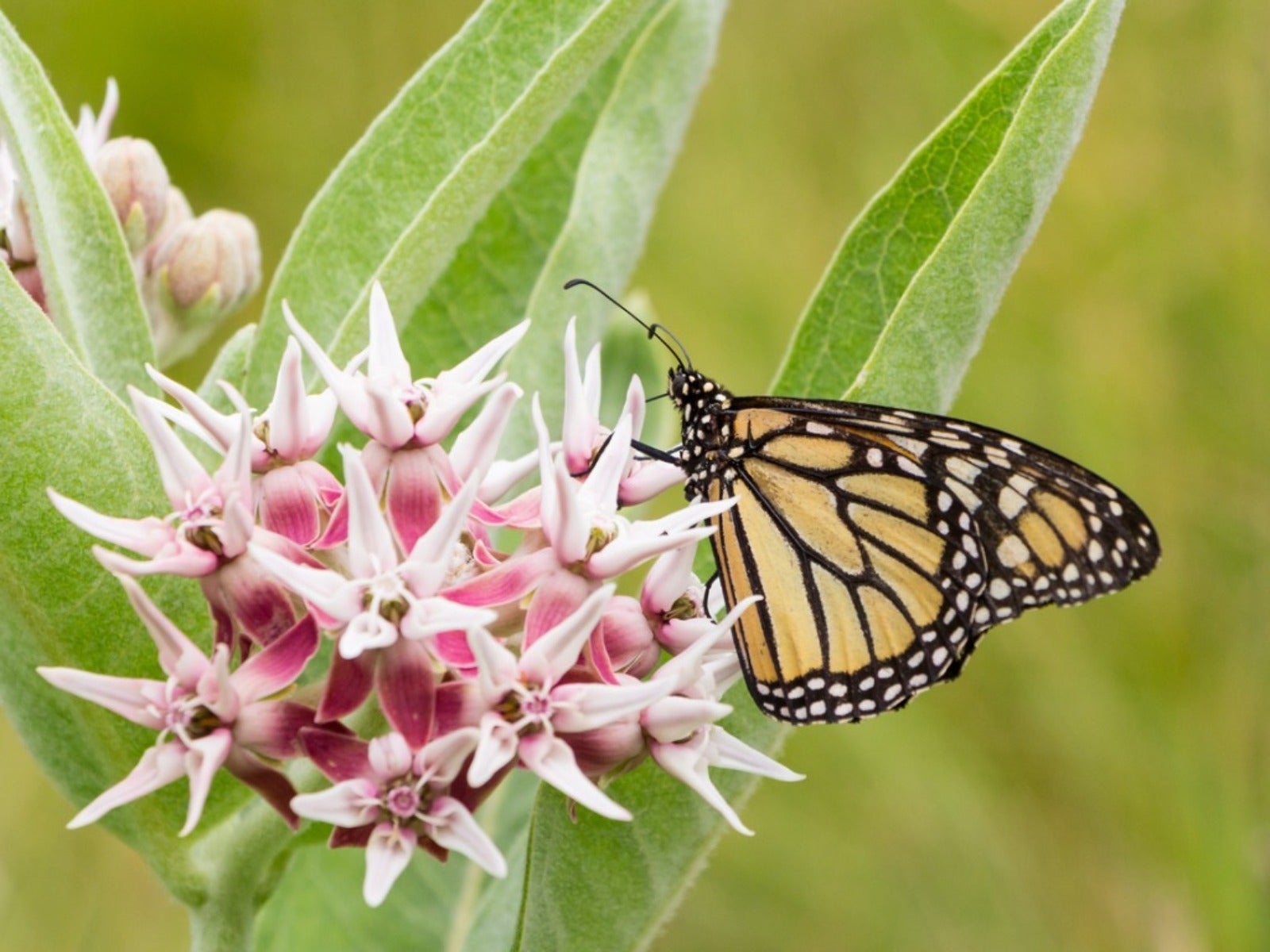
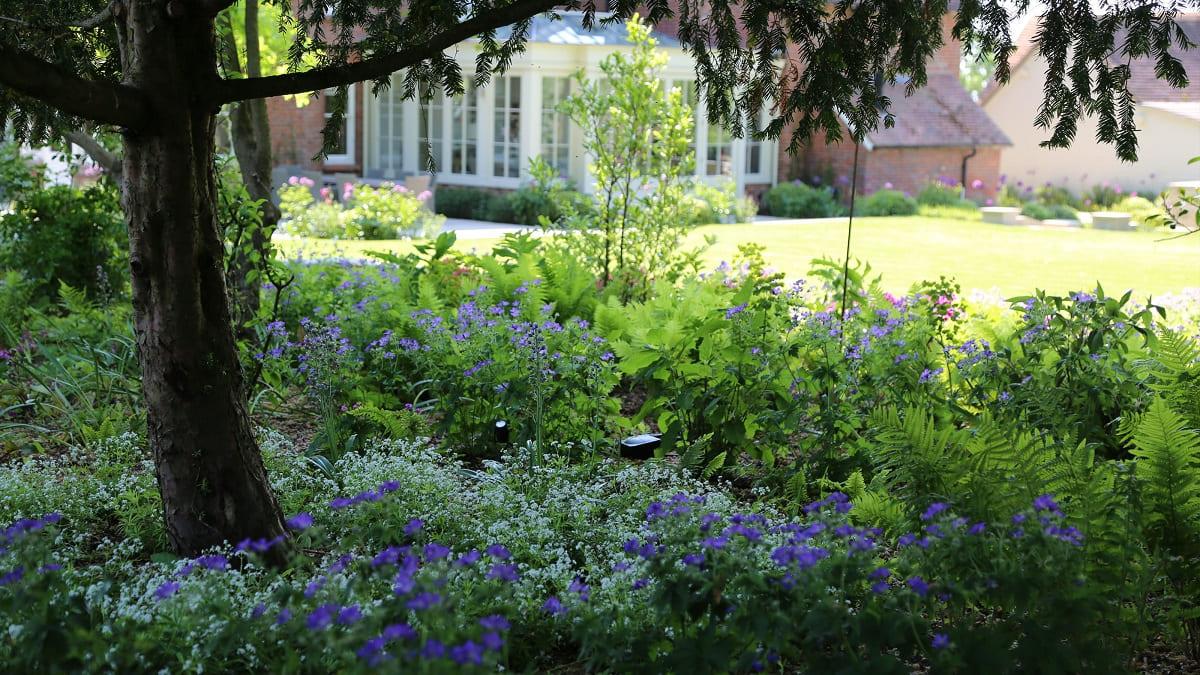
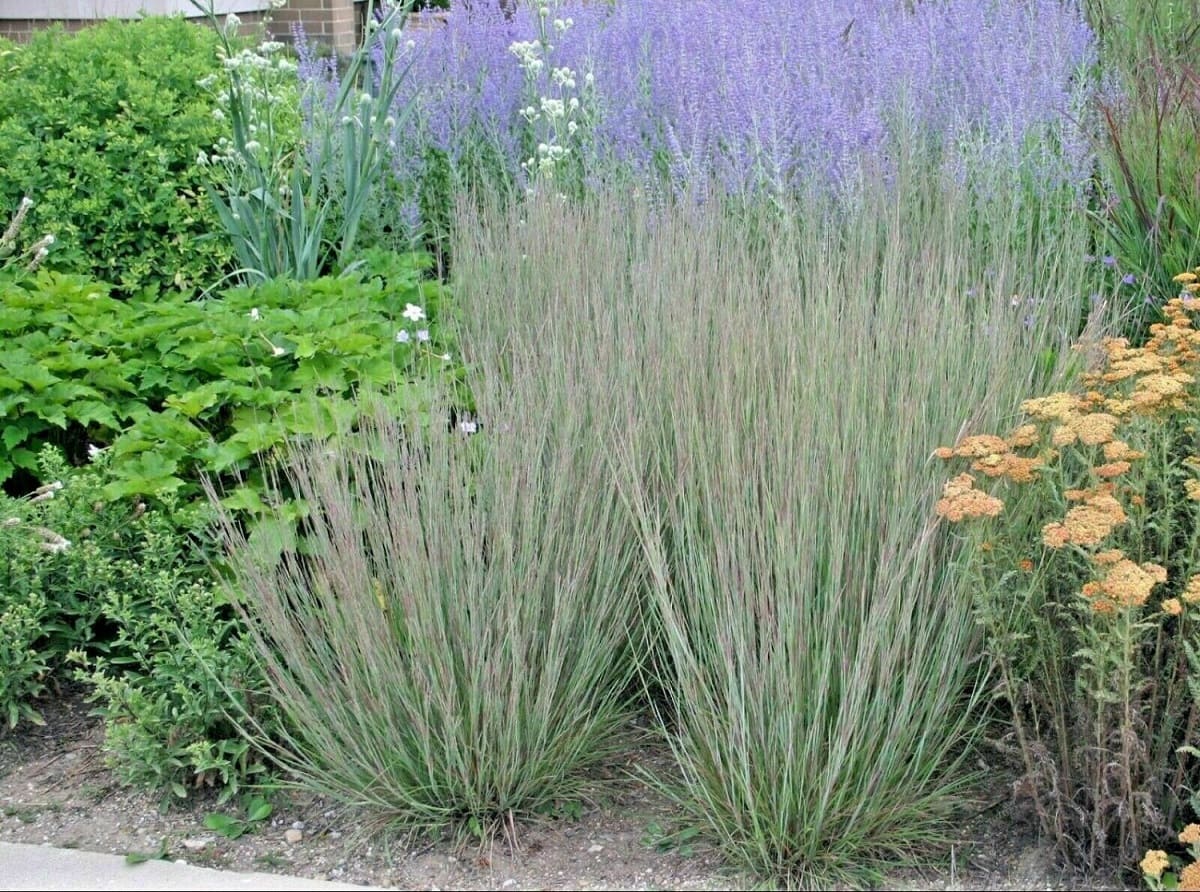
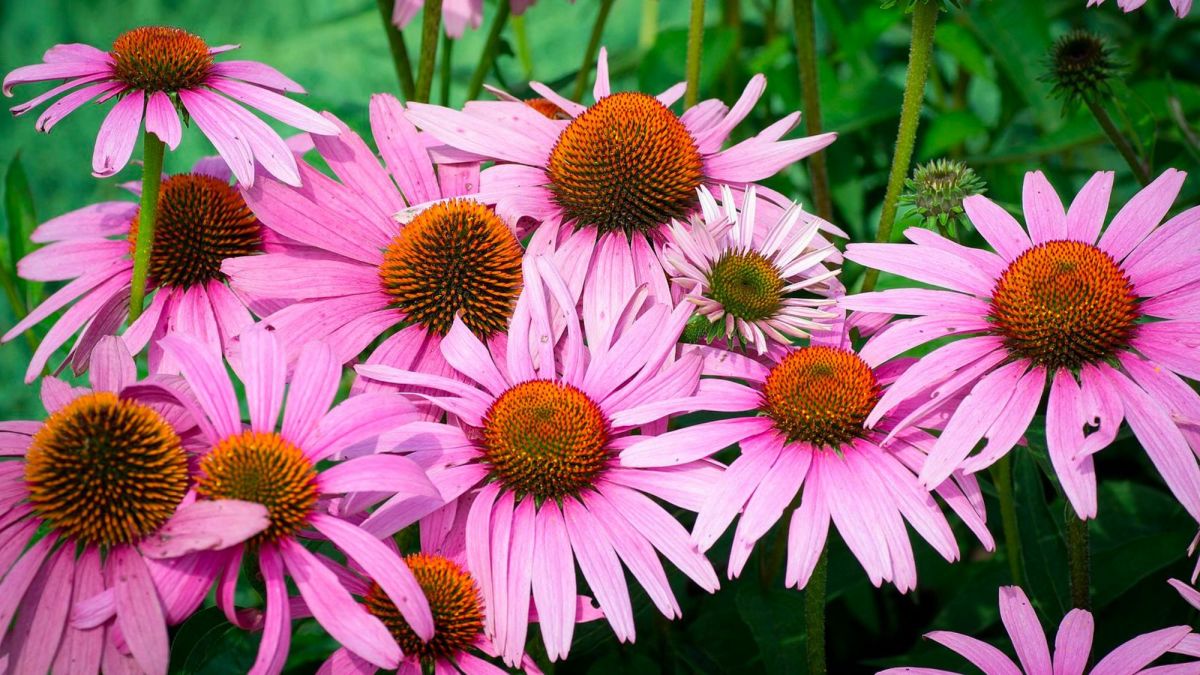
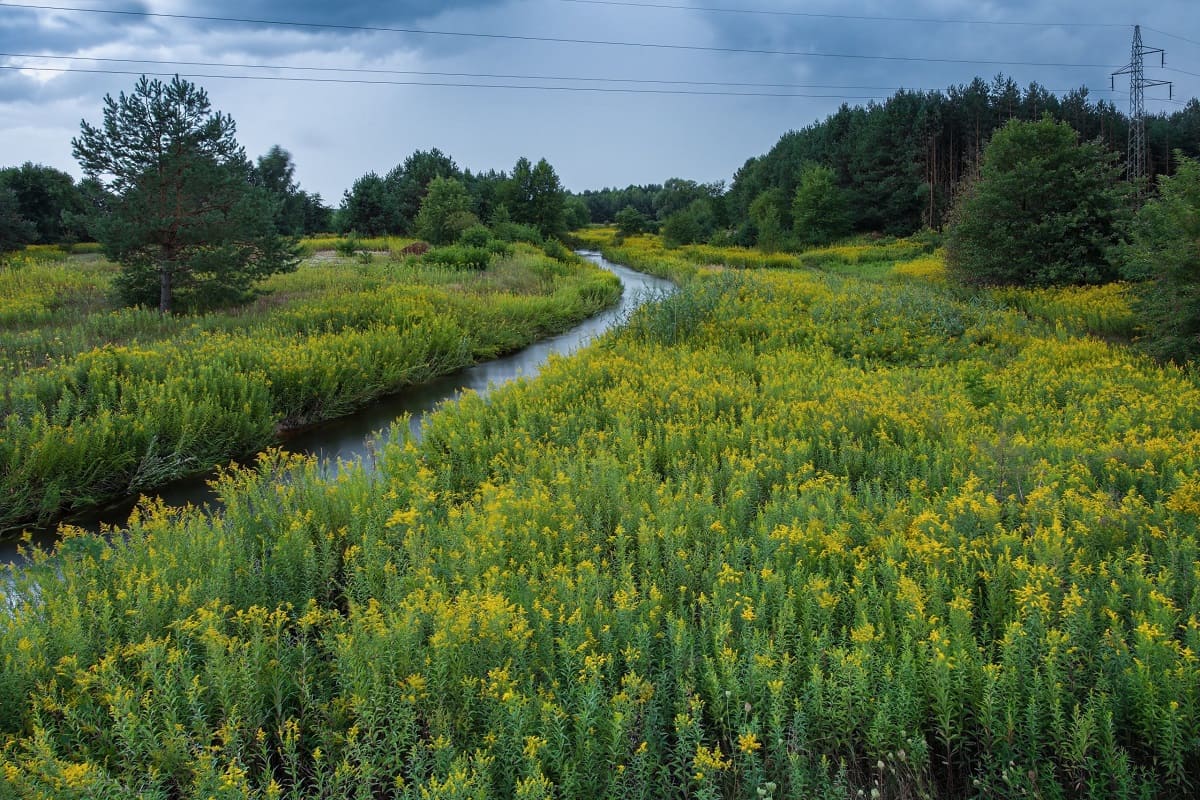
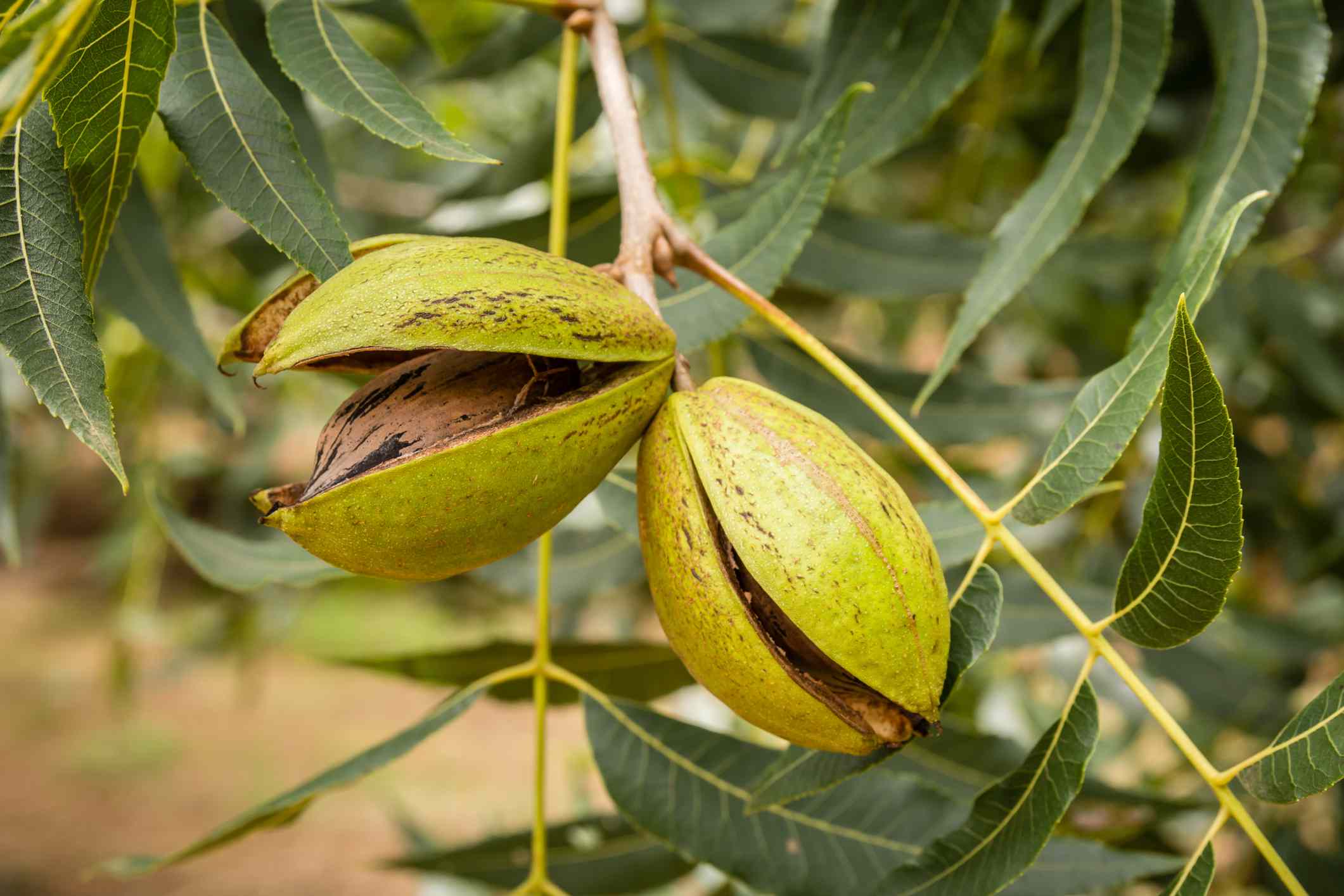
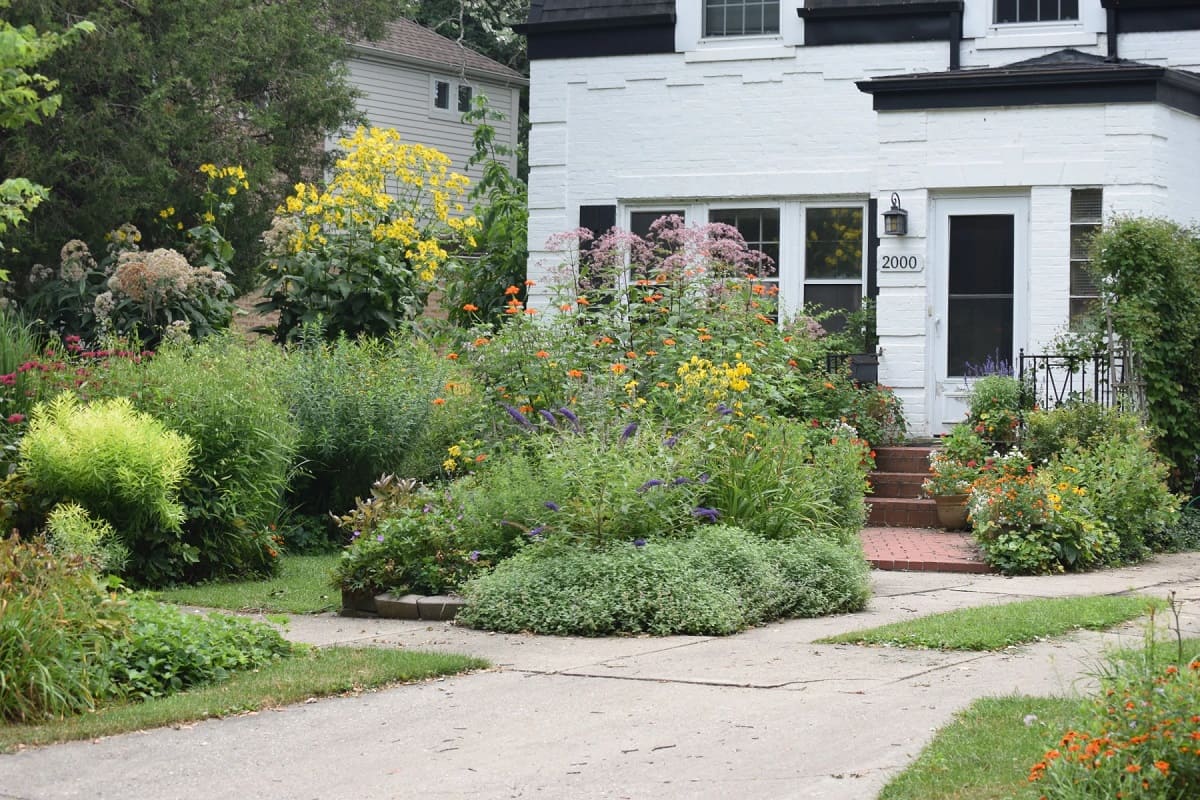
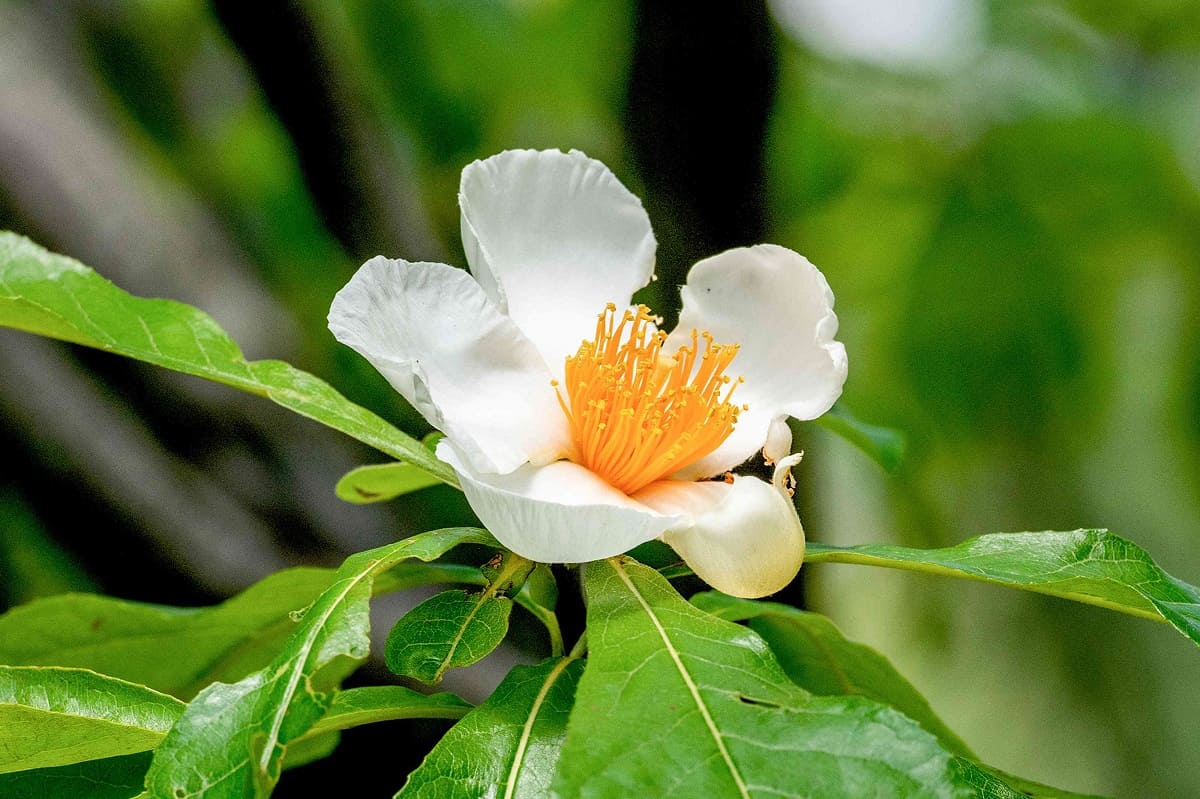
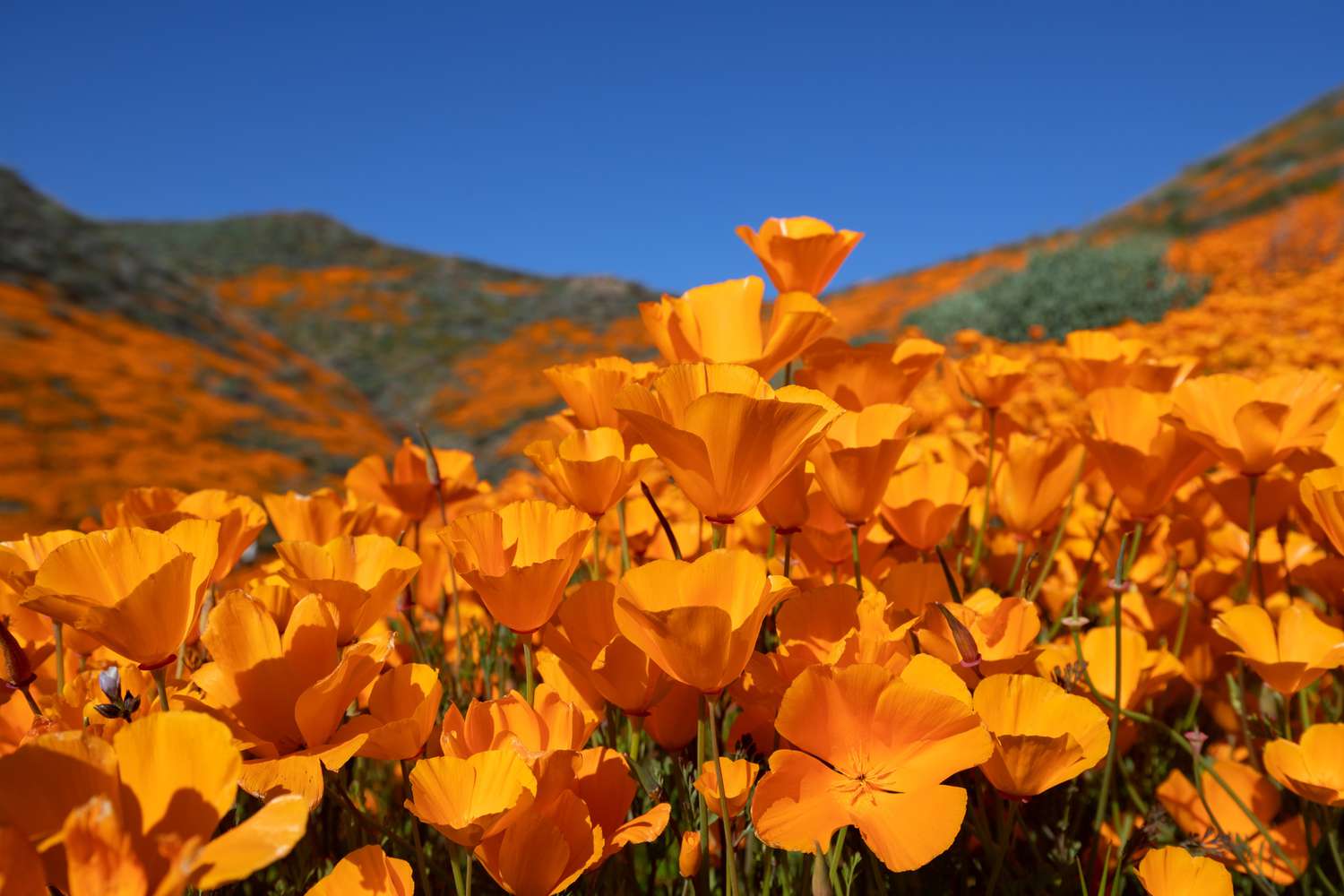
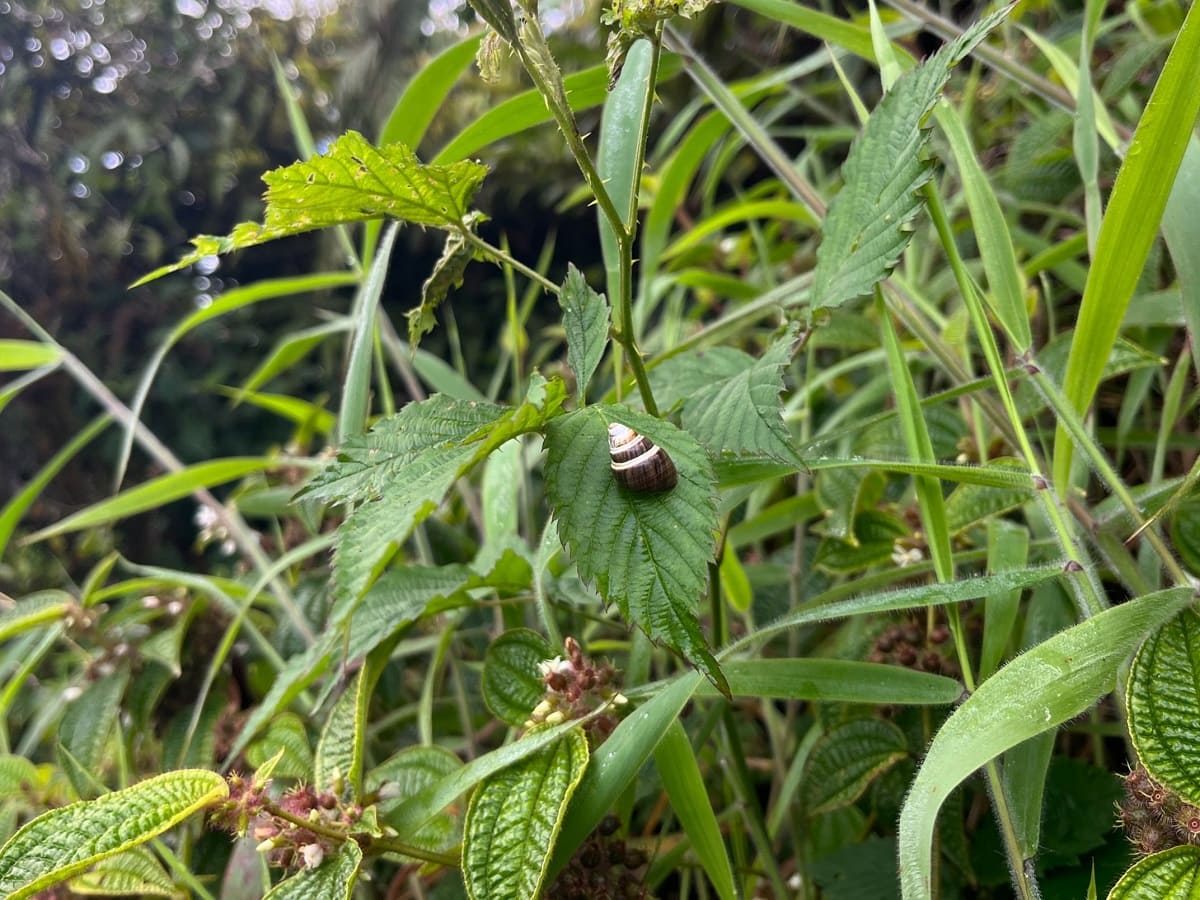
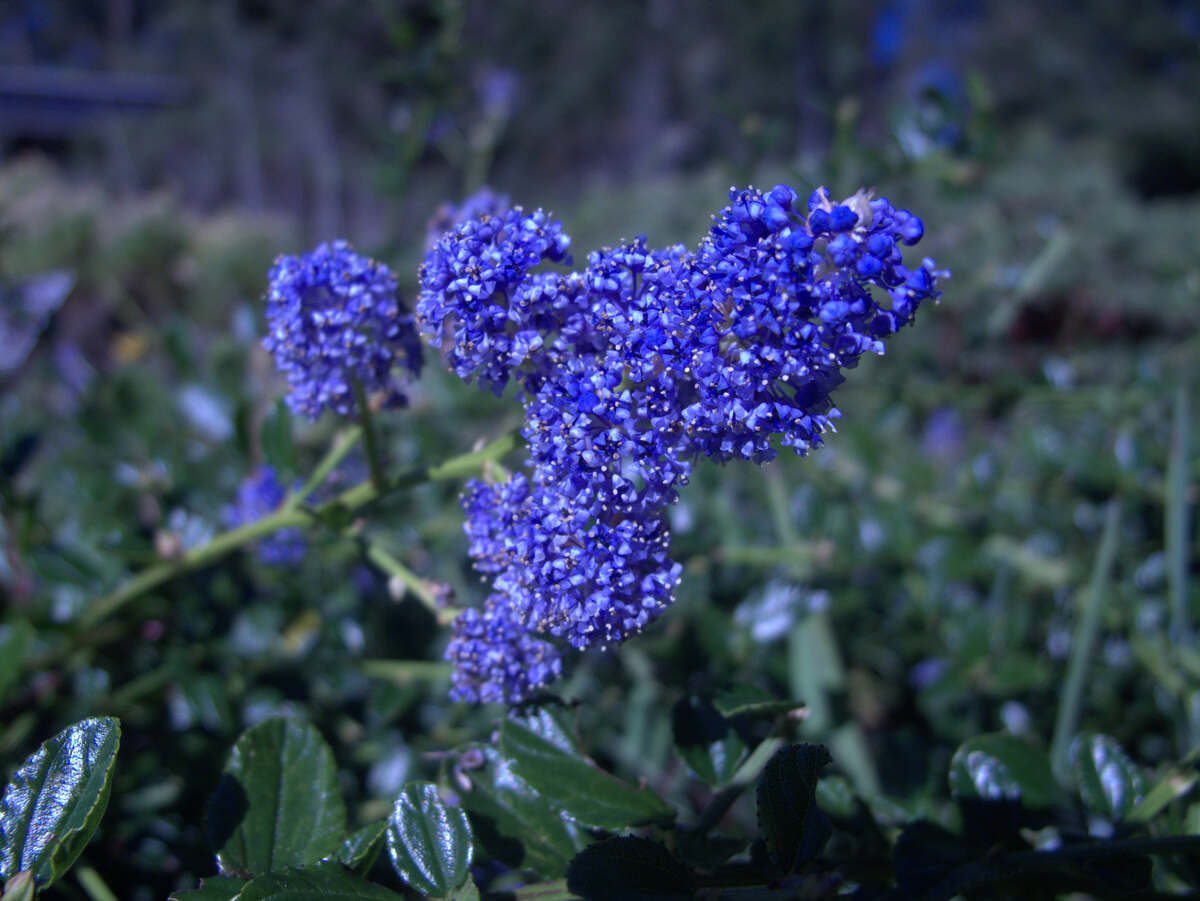
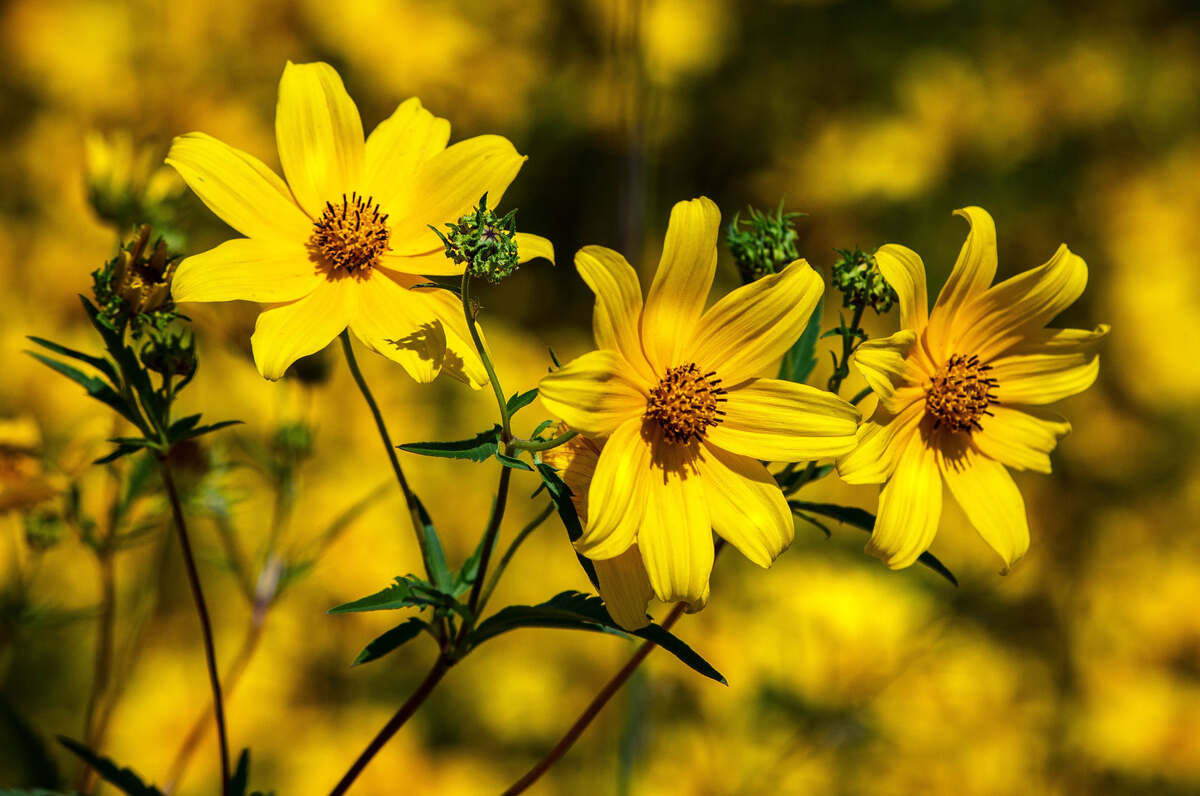
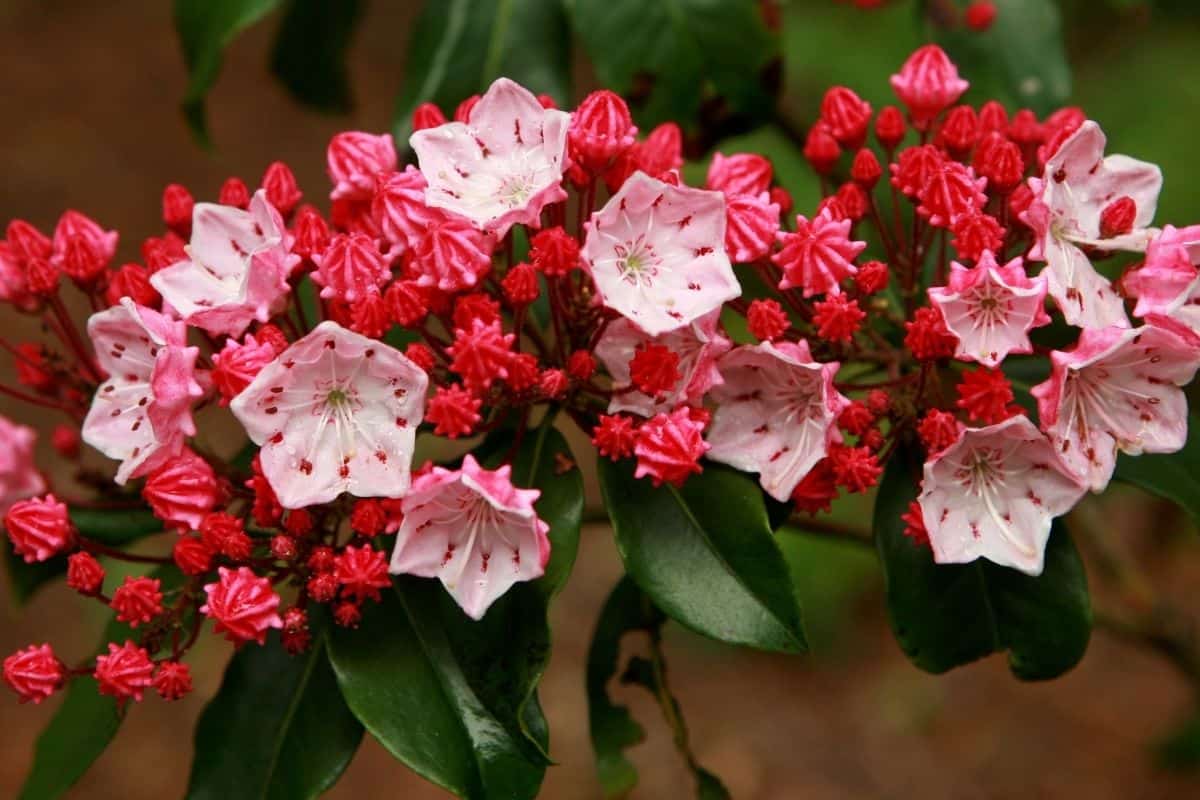
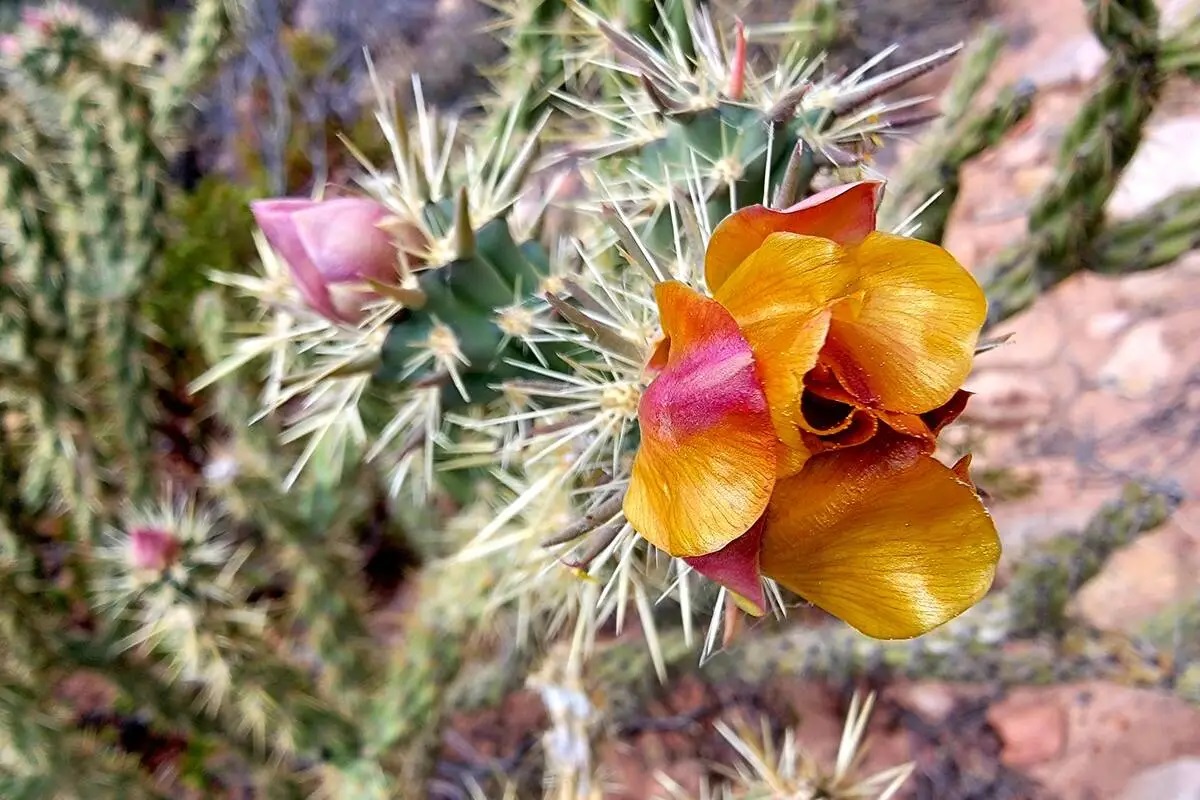

0 thoughts on “What Native Trees Should I Plant”